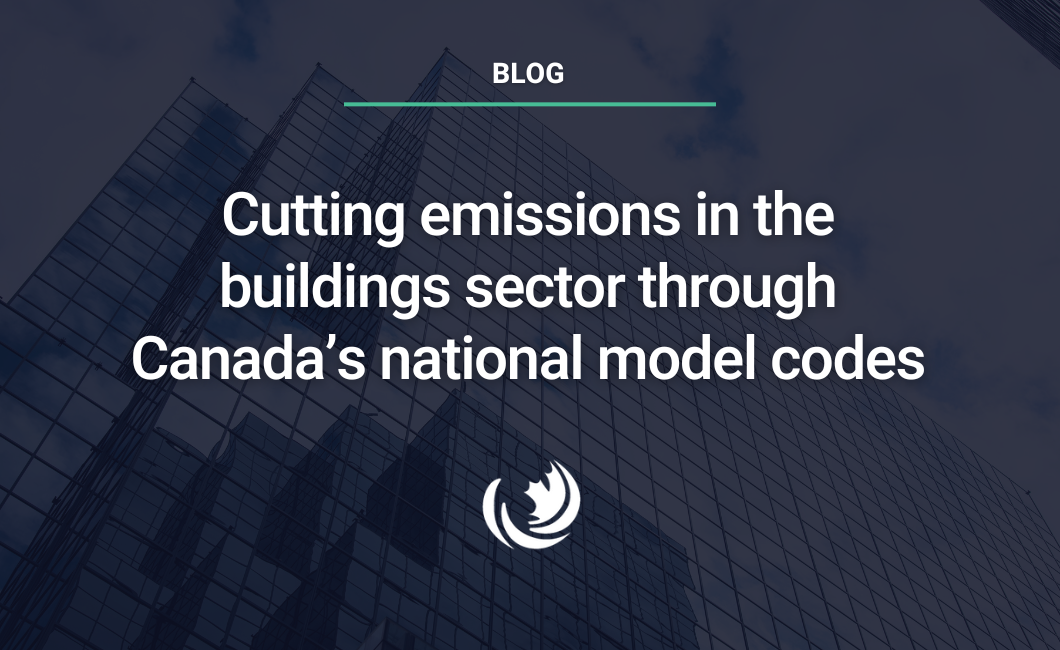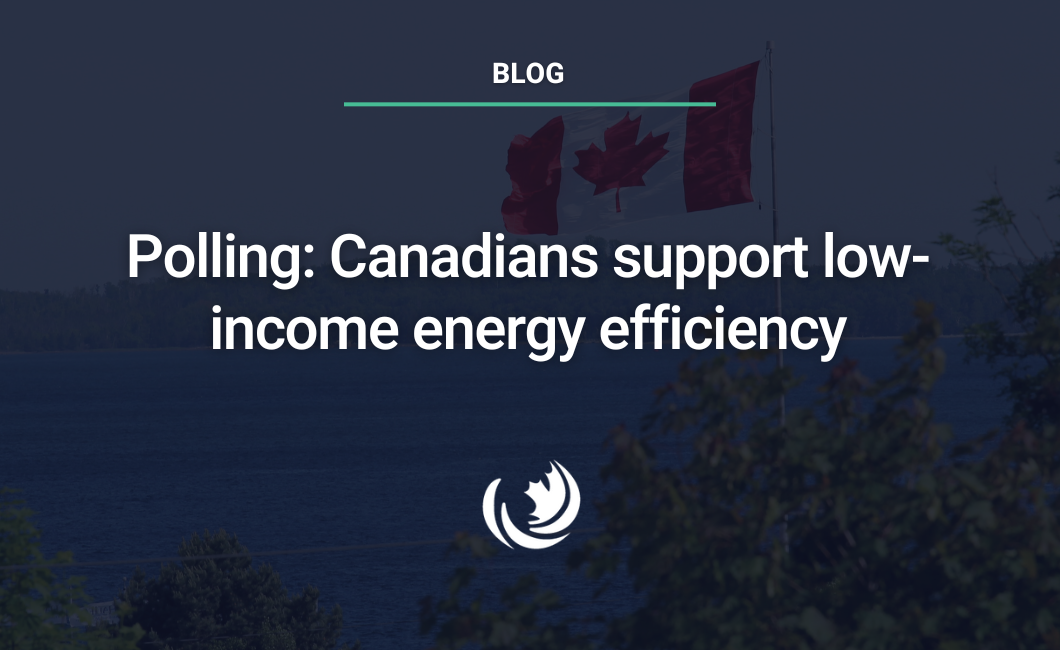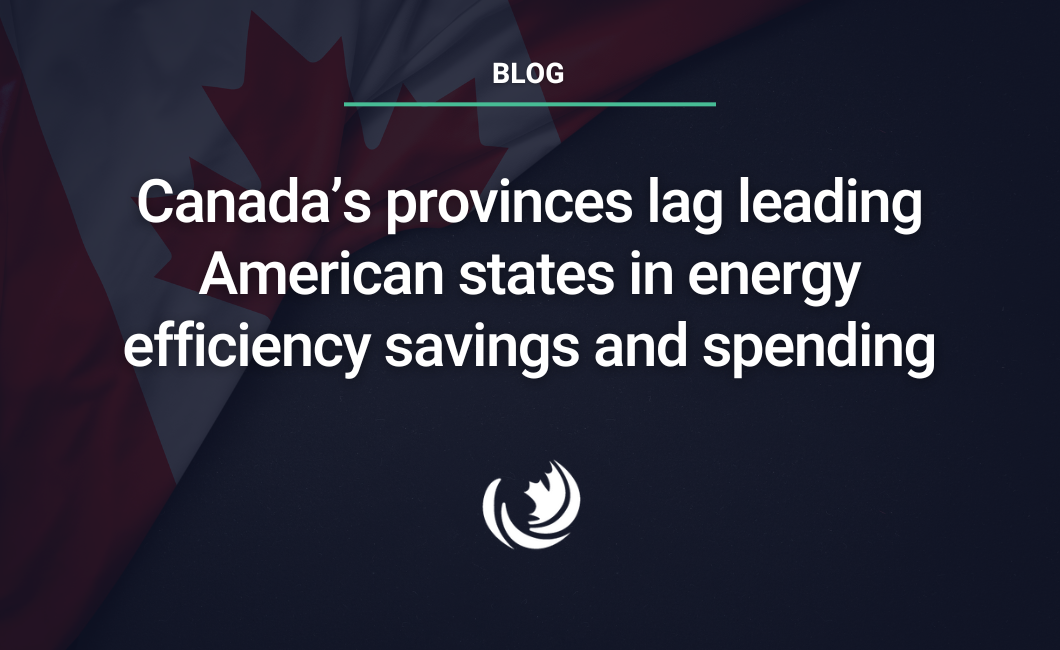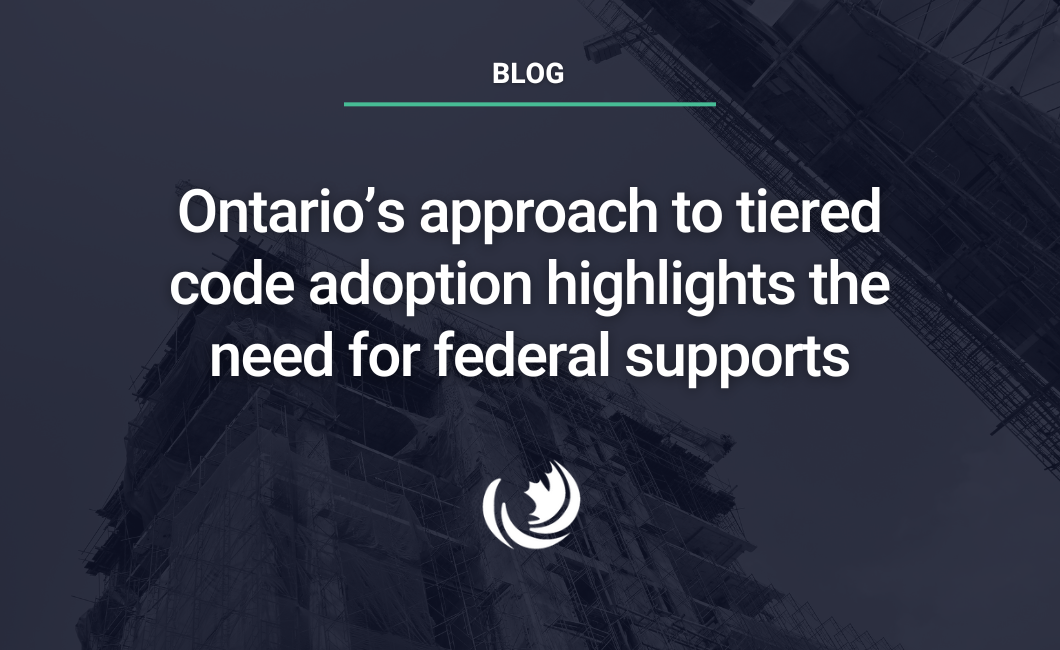
Supported by the sector, a national model code objective has been put forward that recognizes the impact of operational and embodied carbon emissions throughout the buildings’ lifecycle. This change could open the door for building code provisions that limit or reduce emissions from building operations as well as construction materials.

New polling data shows strong national support for low-income energy efficiency. However, the federal government still has no strategy to help most low-income Canadians in need.

Efficiency Canada’s new report compares energy efficiency savings, targets, and spending in Canada and the United States.

We examine specific policies and policy frameworks that the Federal Green Building Strategy must consider to achieve net-zero emissions by 2050.

By establishing “net-zero emissions” as the goal of the Green Building Strategy, the federal government will need to lead a process of structural change towards that end state.

In this blog, we dig into the intent of the 2020 model building codes, how Ontario is adopting and harmonizing their approach, and what it can teach us about how model code adoption may be applied in other provinces. The conclusion is that the federal government needs to take action to accelerate commitments to net-zero buildings. To reach these commitments, citizens concerned about climate change also need to raise their voices.







